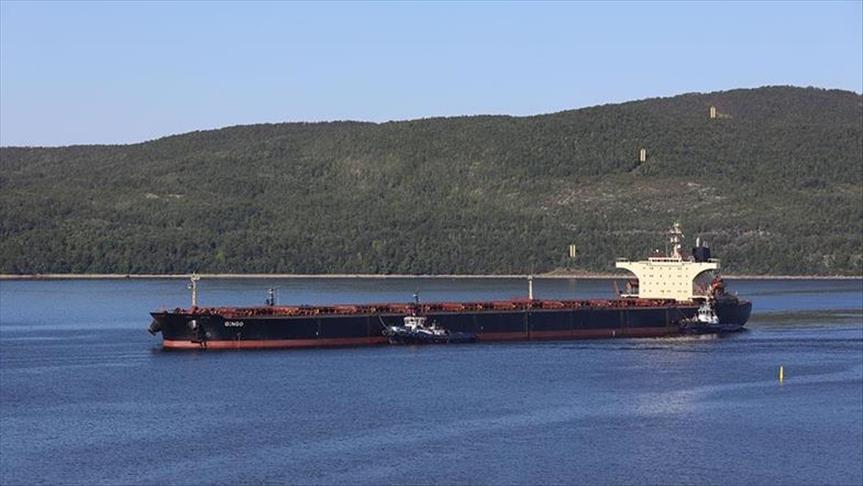

By Anadolu Agency
Located on the Arctic Ocean and the shortest transportation route between Europe and the Asia-Pacific region, the Northern Sea Route (NSR) has increasingly become the preferred route for global transportation in recent years.
The route, at a length of 5,600 kilometers, starts from the border between the Barents Sea and the Kara Sea and ends at the Bering Strait, between the Pacific and Arctic oceans.
The NSR is closer to China, Japan, and South Korea than the southern sea route, which boosts trade in the Arctic region.
According to data from Atomflot, a subsidiary of the Russian State Nuclear Energy Corporation Rosatom and operator of Russia’s Murmansk Port, the cargo load carried over the NSR saw a substantial upsurge to 34.1 million tons in 2022 from 3.8 million tons in 2012.
While carrying capacity on the route is scheduled to reach 36 million tons this year, it is likely to increase to 80 million tons in 2024 as the 60-megawatt Yakutia icebreaker begins operations and certain icebreakers’ operational periods are extended.
Although the NSR is covered in snow and ice most of the year, cargo ships operate under the guidance of nuclear-powered icebreakers, saving more fuel and time than other routes.
‘The average transit time in NSR under favorable weather conditions in the summer has been approximately 8–9 days. This reduces the time required to reach the main sales areas by half,’ Andrey Dotsenko, the commercial director of Murmansk Commercial Sea Port, told Anadolu.
– 13 icebreakers to operate by 2030
Speaking to Anadolu, Atomflot General Manager Leonid Irlitsa highlighted the role icebreakers play in allowing cargo ships to move safely along the route.
Russia has an advantage in the region because it is the only country in the world with a fleet of nuclear-powered icebreakers, with 13 planned by 2030.
Atomflot’s seven nuclear-powered icebreakers ensure the navigational safety of ships along the NSR. Arktika, one of the icebreakers in question, can operate non-stop for seven years without nuclear fuel loading.
The Arktika’s captain, Alexander Skryabin, told Anadolu that the icebreaker can operate in both deep sea areas and shallow waters in Siberian rivers, as well as navigate in extremely adverse weather situations.
Reporting by Oguzhan Ozsoy in Murmansk, Russia
We use cookies on our website to give you a better experience, improve performance, and for analytics. For more information, please see our Cookie Policy By clicking “Accept” you agree to our use of cookies.
Read More